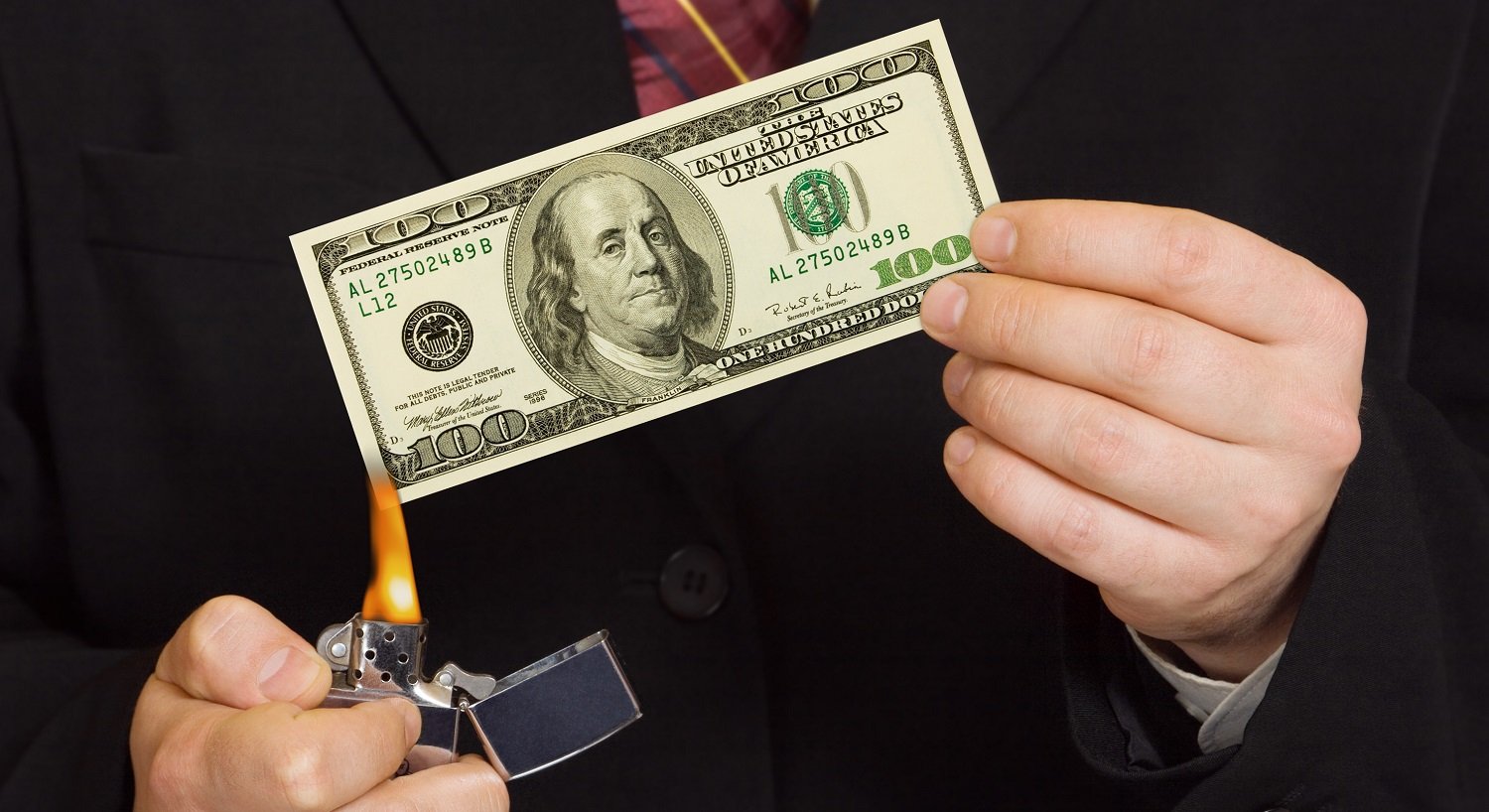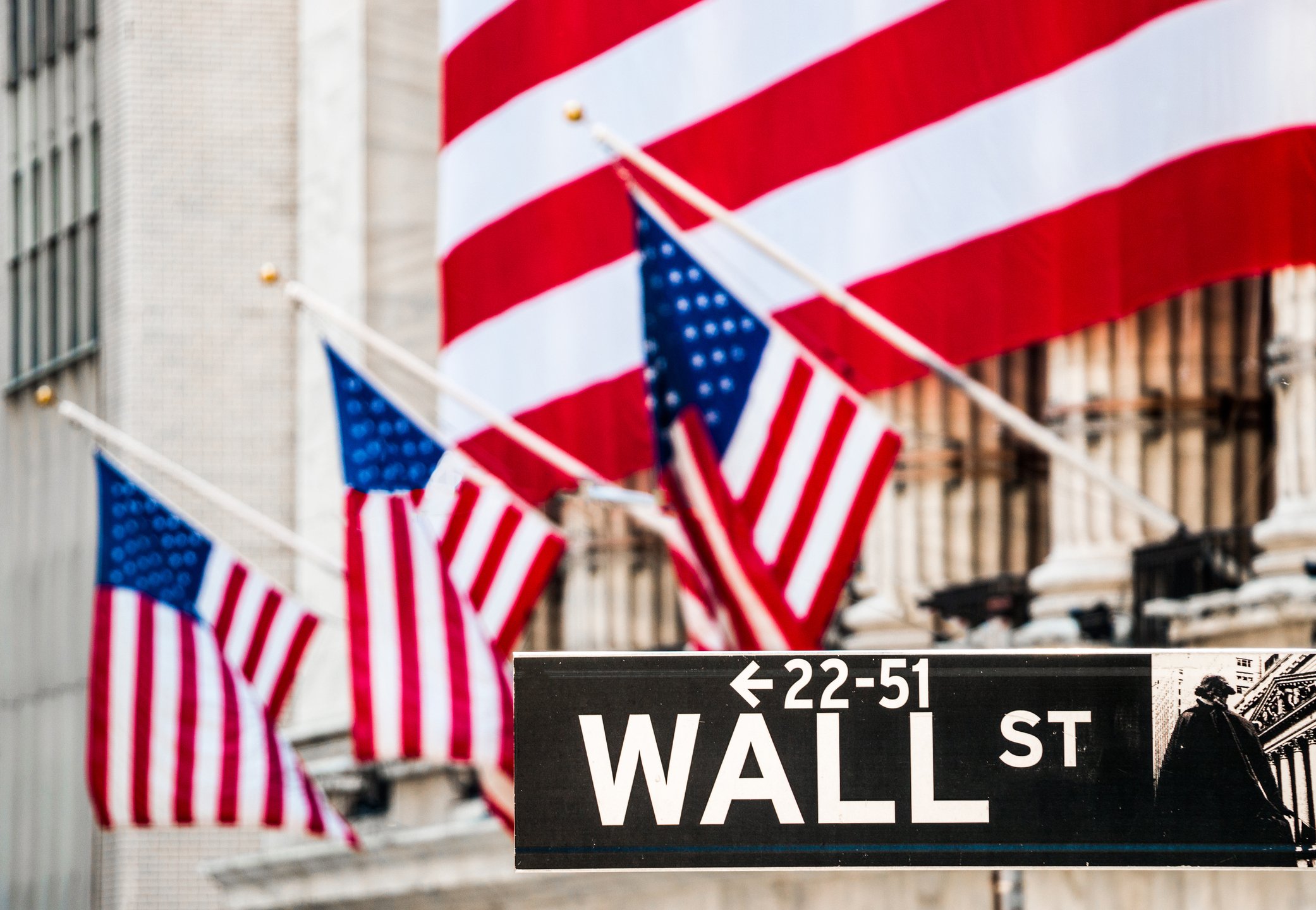The allure of penny stocks is easy to understand. Throw a little money at a cheap stock, and if your timing is good, you can get in on the action before the "smart" money catches on, and make huge returns. The problem? Penny stocks are more likely to be part of a con game than legitimate businesses with amazing prospects. And since they have very little regulation and minimal (if any) requirements to submit audited financials, they're excellent ways to get defrauded.
The reality is that tomorrow's great companies don't start out that cheaply. Penny stocks often have minimal (if any) material business results; that's why they sell for pennies. Instead of trying to get lucky with one, you might as well set your money on fire and roast marshmallows -- at least you'd get to enjoy the marshmallows.
If you want to make money in the stock market, a far better -- and safer -- way to invest is to buy stocks in great companies. To help get you started, we asked a team of Motley Fool investors for three different stock ideas; they came back with high-growth biopharma Heron Therapeutics Inc. (HRTX +0.00%), small engineering upstart NV5 Global Inc. (NVEE +0.00%), and dividend-growth blue chip McDonald's Corporation (MCD 0.20%).
Whether it's a little more risk but better upside with Heron or NV5 Global, or a little lower risk but better returns than you'd expect with McDonald's, here's what makes these stocks far better buys than any penny stock.

Don't burn yourself with penny stocks. Invest in great businesses instead. Image source: Getty Images.
This growth stock is set to sail
George Budwell (Heron Therapeutics): If you're looking for ways to grow your money at an unusually high rate, the mid-cap biotech Heron Therapeutics should be on your radar. After two positive late-stage trials for its experimental pain medication HTX-011 last month, the company is now set to have three products on the market within the next 12 months. As a result, Heron's top line is forecast to grow by an astounding 163% next year.
The best part about this story is that HTX-011 could end up becoming a major new tool to help replace opioid use in the acute-pain setting. If so, this experimental pain med should generate some truly eye-popping sales figures in the years ahead -- especially since most of the drug's direct competitors have already failed in clinical trials over the past two years. The bottom line is that Heron's HTX-011 and Pacira Pharmaceuticals' Exparel should end up gobbling up the lion's share of this multibillion-dollar drug market.
Beyond the biotech's improving fundamentals, there's also a strong chance that a top biopharma will soon make a play for Heron's analgesic and antiemetic portfolio. Pfizer, after all, is close to losing exclusivity for its megablockbuster pain med Lyrica, and this biopharma giant is absolutely flush with cash at the moment. When it comes to making deals, Pfizer is also known to prefer companies with either late-stage assets or drugs already on the market; Heron arguably checks all the boxes that Pfizer looks for in a midsized acquisition.
Heron is a solid growth play that's been greatly de-risked by the positive late-stage results for HTX-011 -- arguably making it worth a look by investors on the hunt for above-average returns on capital.
The traits of a market-crushing investment
Jason Hall (NV5 Global): One trait that some of the best companies share is having a heavily invested founder involved in running the company. Often, the more that founders own, and the more hands-on they are, the better their companies' performance has been. And that's certainly been the case for NV5 Global, under the leadership of CEO and founder Dickerson Wright, who also owns about 22% of the company.
Since NV5 went public in 2013, the stock is up an incredible 664%:
That's remarkable -- more than nine times better than the total return of the S&P 500 over the same period. But before you say "the best money's already been made," let me point out that even after these big gains, the company is still worth less than $700 million at recent prices, and only generated $333 million in revenue last year.
Oh, and infrastructure spending is about $800 million per year in the U.S. and some $3 trillion per year globally. A lot of that money pays for steel, iron, concrete, and fiber-optic cables, but the companies that design, implement, and consult on those projects generate many tens of billions of dollars per year.
A bet on NV5 continuing its growth is a bet on Wright's leadership, and the expectation that he and his executive team (which owns another 13% of the company) will continue taking market share, and growing through smart acquisitions. With a very long track record of success and a rigorous process that has proven effective at growing profits, NV5 should prove a far better source of big returns than any penny stock.
Super-sized profits
Demitri Kalogeropoulos (McDonald's): You can earn market-thumping returns without packing your portfolio with obscure businesses that are just as likely to declare bankruptcy as they are to post profits in a given fiscal year. Take McDonald's, for example. The blue chip restaurant chain has been leading the fast-food industry for decades, yet shares have still doubled in just the last five years.
There's room for additional growth ahead, too. Mickey D's has improved its menu and its store design to the point that customers are filling up its booths again. Customer traffic rose across each of its geographic regions last year, which pushed comparable-store sales up 5%. Profits are rising at a much faster pace, thanks to a refranchising initiative that should push operating margin up to around 45% of sales from 33% in 2016.
McDonald's business features much of what makes a great long-term investment: a world-class brand, market-leading sales growth, rising profitability, and an efficient operating model. It is also a strong income generator. Its recent 7% dividend boost put its payout at over $1 per share, or $800 million, each quarter. And, with a record of 43 consecutive annual raises, that dividend is highly likely to be around a decade from now. You can't say the same thing about most penny stocks.








